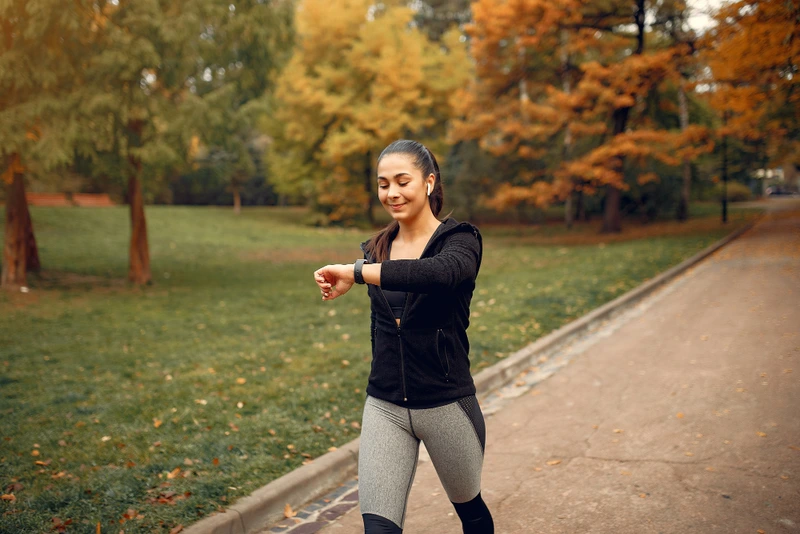- Published on: Jul 07, 2020
- 2 minute read
- By: Dr Rajan Choudhary
Asymptomatic COVID Infections – Are You Safe?
Asymptomatic COVID infections – are you safe?
Patients with COVID usually exhibit signs of coughing, fever, and fatigue. This can develop into further respiratory problems including difficulty breathing, pneumonia in both lungs, and in severe cases the need to ventilate a patient in an intensive care setting. But what if you are asymptomatic? Do you need to worry? Surely you get the benefits of immunity without the dangers of life-threatening symptoms.
In our previous blog, we discussed how a study showed 41% of people with COVID were asymptomatic. However, they had the same viral load as their symptomatic counterparts. This paper published in Nature Medicine suggests that even the asymptomatic patients developed signs of lung inflammation without showing any outward symptoms. Could asymptomatic patients still be damaged by COVID? It's not easy to study this subset of patients, as they do not get tested routinely or present to hospital for examination or investigation.
This study looked at 37 individuals in the Wanzhou District who were diagnosed with COVID via swab test but did not show any symptoms before the test or during hospitalization. These patients were found through the extensive contact tracing program set up in Central China. Whilst in hospital 57% showed abnormalities in the lung fields on a CT scan, including the “ground glass” appearance classic for COVID pneumonia. These changes could be due to fluid or blood in the area or due to inflammation caused directly by the infection.
What does this mean for the individual in the long term? This is difficult to say, especially since COVID has only been around for a few months so long term follow up is simply impossible to state accurately. Depending on the size and severity of the inflammation it may resolve spontaneously with no lasting damage, or the inflammation could cause scarring of the lung tissue that only becomes evident several years or decades down the line. It's difficult to tell.
The study also looked at two other factors in these patients. Compared to their symptomatic counterparts, asymptomatic patients were found to shed viral particles for several more days. It is unclear the significance of this, or whether this makes them more infective or prone to transmitting the infection for a longer period of time. It does add support to the theory asymptomatic people should not believe themselves exempt from spreading the infection.
Secondly, the study looked at the prevalence of antibodies present in the patient's blood. These antibodies can be used as a surrogate for immunity. In theory, after infection occurs our body has the ability to rapidly produce these antibodies against the virus in the event of a second infection. This would neutralize the infection before it could develop into a serious disease.
Looking at these antibodies the researchers found antibody levels against the SARS and MERS virus to last over 2 years. However, against SARS-CoV-2, the antibody levels fall within 2-3 months, providing only a short duration of immunity. This is worrisome for individuals and countries hoping to achieve herd immunity or at least immunity to the virus after a mild or asymptomatic infection.
So what should we take away from this? Perhaps an asymptomatic infection is not the perfect scenario. Damage does occur to your lungs, albeit temporary damage. You are still able to spread it to vulnerable people. And your immunity may not last as long as other infections.
Therefore be safe. Maintain social distancing, follow government advice on wearing a mask. And if you can, avoid excessive socializing or close contact with lots of other people. The virus hasn’t gone away, and it is still dangerous.
Our Services
Request A Callback
Recent Posts
How Walking Daily Affects Your Blood Pressure
Jul 24,2025
Effects of Drinking Less Water on Your Body
Jul 23,2025
Dry Eyes Syndrome: Symptoms and Solutions
Jul 22,2025
How Stress Shows Up on Your Skin
Jul 19,2025
Does Skipping Meals Slow Your Metabolism?
Jul 17,2025










